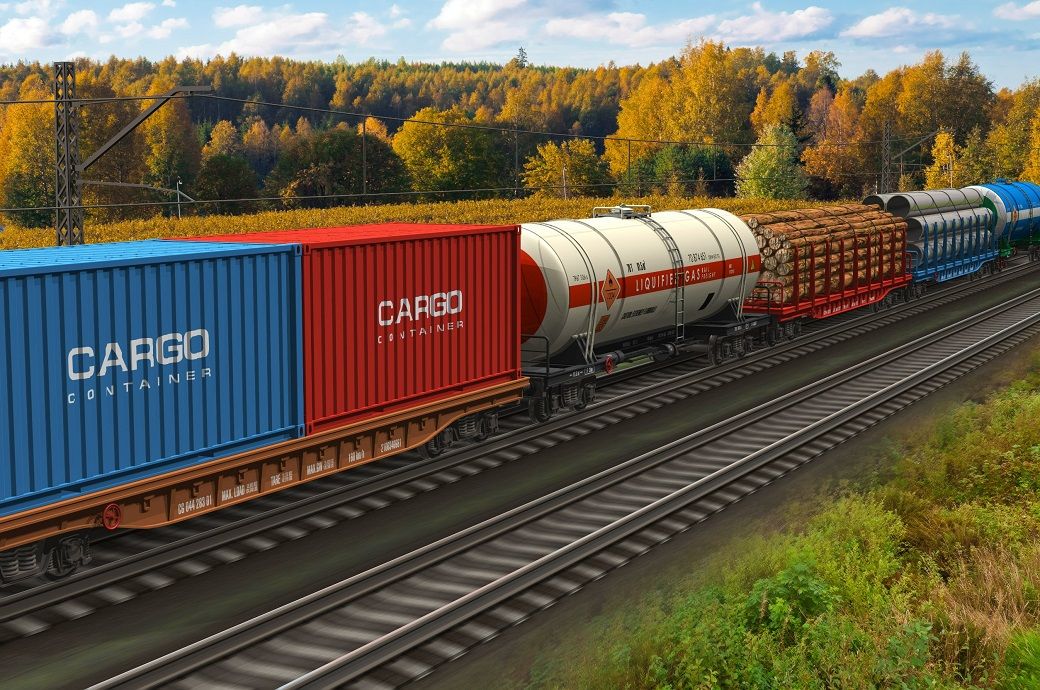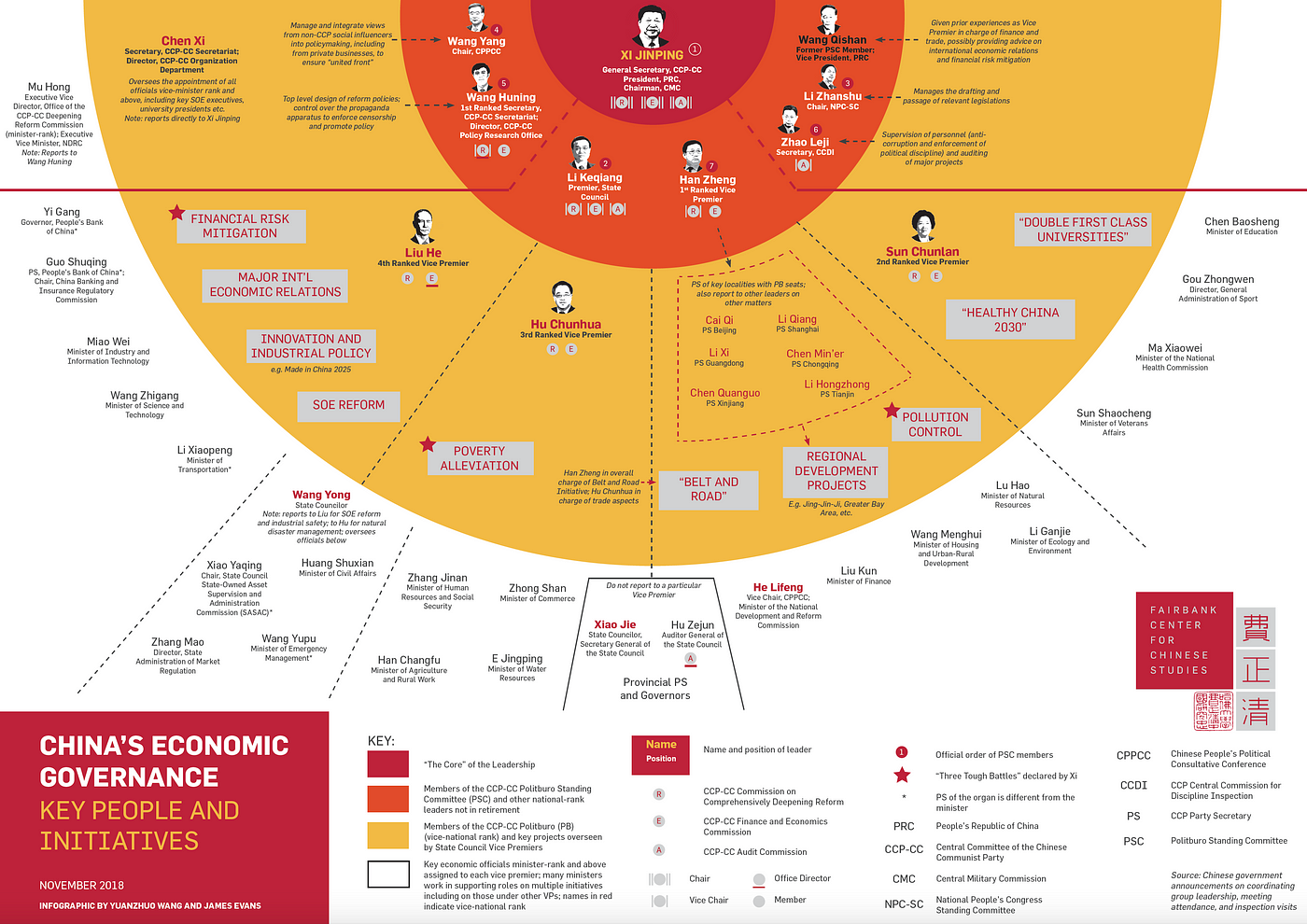Alright, let’s break down some seriously positive numbers out of China’s rail network. We’re seeing a clear indication of robust economic activity. Latest data reveals that China’s national railway delivered a whopping 1.299 billion tons of cargo in the first four months of the year – a 3.6% jump year-on-year! That’s not just moving boxes, folks; it’s a pulse check on the nation’s industrial engine.

Photo source:www.fibre2fashion.com
What’s driving this? Daily loading averaged 180,000 carloads, up 4.7% – a testament to efficiency gains and growing demand. This isn’t just about volume; it’s about momentum. It’s facilitating both domestic and international circulation, providing critical support for economic stability.
Now, let’s drill down into the specifics. Coal shipments hit 672 million tons (with 464 million tons being thermal coal), ensuring consistent power supply to plants. That’s crucial, especially as global energy markets remain volatile.
And it’s not just energy. Mineral construction materials soared 29.3% year-on-year, while metallurgical materials climbed 10.7%. These are the building blocks of infrastructure and manufacturing – further cementing the recovery.
Let’s unpack rail freight’s significance a bit:
Rail freight is a key indicator of overall economic health. It reflects activity across various sectors including mining, manufacturing, and utilities.
Increased coal transport signals sustained industrial power demand, a key component for growth. Addressing energy security is a priority.
The significant increase in construction material transportation hints at growing infrastructure projects. These projects drive economic expansion and job creation.
The combination of these trends paints a picture of a resilient Chinese economy navigating global uncertainties. This is more than just numbers; it’s a signal of underlying strength, and a reason for cautious optimism. Don’t underestimate the power of moving goods!






